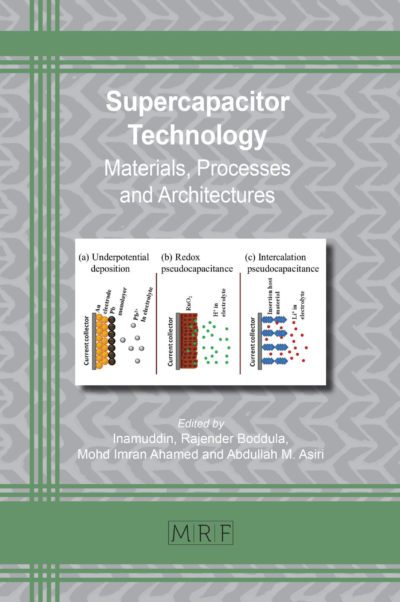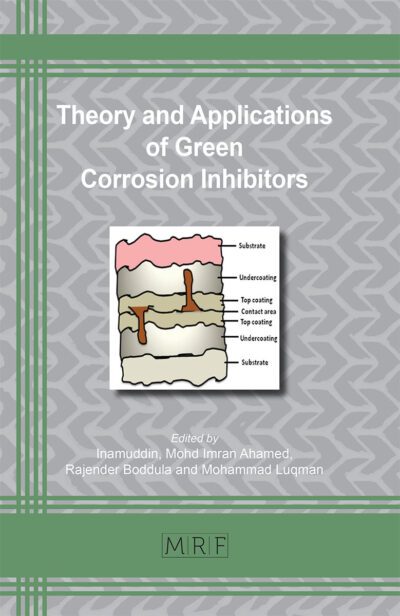Industrial automated finite element analysis for dry fibre composite forming
Lachlan M. Williams, Adam J. Thompson, Stephen R. Hallett, Jonathan P-H. Belnoue, Sjoerd van der Veen
Abstract. Industrial composite forming analysis has been dominated by kinematic methods, in part, owing to their robustness and efficiency. However, Finite Element Method (FEM) approaches to forming simulation can capture material and process behaviour unavailable to kinematic methods. These behaviours can be critical to simulation validity in processes of commercial concern such as stamp forming, of highly integrated parts, at rate. While adoption of FEM methods for forming simulation is notable, a significant operational burden is incurred. This work presents an effort to reduce this burden via end-to-end automation, encapsulated within a Composite Forming Toolkit (CFT). With a focus on operational compatibility with early-stage design, a general purpose Process Agnostic Routine (PAR) is proposed. A simple parametric case study is provided as evidence of application and benefits of an automation-first approach. Overall, to improve the likelihood of systematic adoption of FEM based forming simulation on complex engineering products, such as commercial aircraft, the recovery of execution simplicity and robustness akin to kinematic forming simulation is pursued.
Keywords
Forming, Simulation, Finite, Element, Parametric, Automated, Design
Published online 5/7/2025, 10 pages
Copyright © 2025 by the author(s)
Published under license by Materials Research Forum LLC., Millersville PA, USA
Citation: Lachlan M. Williams, Adam J. Thompson, Stephen R. Hallett, Jonathan P-H. Belnoue, Sjoerd van der Veen, Industrial automated finite element analysis for dry fibre composite forming, Materials Research Proceedings, Vol. 54, pp 696-705, 2025
DOI: https://doi.org/10.21741/9781644903599-75
The article was published as article 75 of the book Material Forming
![]() Content from this work may be used under the terms of the Creative Commons Attribution 3.0 license. Any further distribution of this work must maintain attribution to the author(s) and the title of the work, journal citation and DOI.
Content from this work may be used under the terms of the Creative Commons Attribution 3.0 license. Any further distribution of this work must maintain attribution to the author(s) and the title of the work, journal citation and DOI.
References
[1] B. Liang and P. Boisse, ‘A review of numerical analyses and experimental characterization methods for forming of textile reinforcements’, Chin. J. Aeronaut., vol. 34, no. 8, pp. 143–163, Aug. 2021. https://doi.org/10.1016/j.cja.2020.09.027
[2] B. Rietman, S. P. Haanappel, R. H. W. Ten Thije, and R. Akkerman, ‘Forming simulation sensitivity study of the double-dome benchmark Geometry’, Key Eng. Mater., vol. 504–506, pp. 301–306, 2012. https://doi.org/10.4028/www.scientific.net/KEM.504-506.301
[3] J. Sjölander, P. Hallander, and M. Åkermo, ‘Forming induced wrinkling of composite laminates: A numerical study on wrinkling mechanisms’, Compos. Part Appl. Sci. Manuf., vol. 81, pp. 41–51, Feb. 2016. https://doi.org/10.1016/j.compositesa.2015.10.012
[4] D. Dörr et al., ‘A Benchmark Study of Finite Element Codes for Forming Simulation of Thermoplastic UD-Tapes’, Procedia CIRP, vol. 66, pp. 101–106, Jan. 2017. https://doi.org/10.1016/j.procir.2017.03.223
[5] D. Dörr, F. J. Schirmaier, F. Henning, and L. Kärger, ‘A viscoelastic approach for modeling bending behavior in finite element forming simulation of continuously fiber reinforced composites’, Compos. Part Appl. Sci. Manuf., vol. 94, pp. 113–123, Mar. 2017. https://doi.org/10.1016/j.compositesa.2016.11.027
[6] J. A. Cottrell, T. J. R. Hughes, and Y. Bazilevs, Isogeometric Analysis: Toward Integration of CAD and FEA. John Wiley & Sons, 2009
[7] ‘Aerospace manufacturing in 2023 – the big issues’, Royal Aeronautical Society. Accessed: Dec. 11, 2024. [Online]. Available: https://www.aerosociety.com/news/aerospace-manufacturing-in-2023-the-big-issues/
[8] W. Doeland, ‘Modelling & Simulation – CS-25 Structural Certification Specifications’, EASA, CM-S-014 Issue 01, Jul. 2020
[9] J. Köster and S. Rahmann, ‘Snakemake—a scalable bioinformatics workflow engine’, Bioinformatics, vol. 28, no. 19, pp. 2520–2522, Oct. 2012. https://doi.org/10.1093/bioinformatics/bts480
[10] A. J. Thompson, J. P.-H. Belnoue, and S. R. Hallett, ‘Modelling defect formation in textiles during the double diaphragm forming process’, Compos. Part B Eng., vol. 202, p. 108357, Dec. 2020. https://doi.org/10.1016/j.compositesb.2020.108357
[11] J. P.-H. Belnoue and S. R. Hallett, ‘A rapid multi-scale design tool for the prediction of wrinkle defect formation in composite components’, Mater. Des., vol. 187, p. 108388, Feb. 2020. https://doi.org/10.1016/j.matdes.2019.108388
[12] S. Chen, A. J. Thompson, T. J. Dodwell, S. R. Hallett, and J. P.-H. Belnoue, ‘Fast optimisation of the formability of dry fabric preforms: A Bayesian approach’, Mater. Des., vol. 230, p. 111986, Jun. 2023. https://doi.org/10.1016/j.matdes.2023.111986
[13] X. Sun, J. P.-H. Belnoue, A. Thompson, B. E. Said, and S. R. Hallett, ‘Dry Textile Forming Simulations: A Benchmarking Exercise’, Front. Mater., vol. 9, Mar. 2022. https://doi.org/10.3389/fmats.2022.831820














